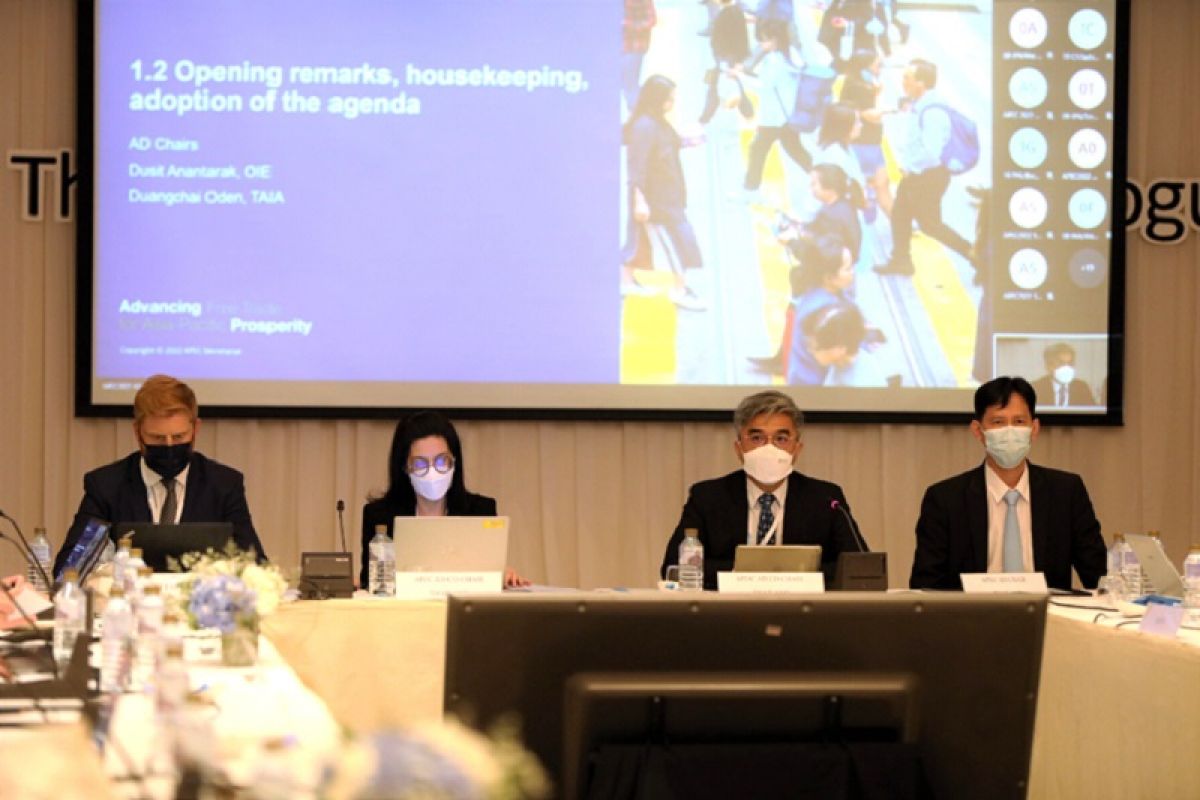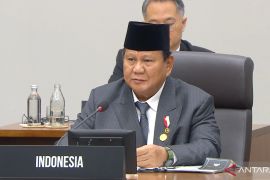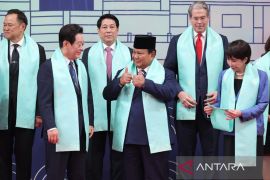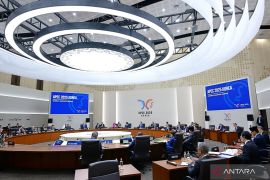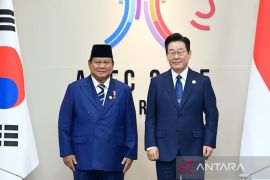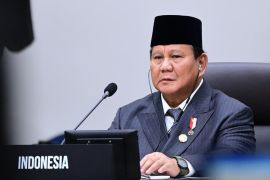In line with the bio-circular-green (BCG) economy model, as part of APEC 2022 priorities, the region’s auto industry should seize the momentum and push ahead with our net-zero and low-emission commitment to contribute to economic recovery and addressJakarta (ANTARA) - APEC member economies have been intensifying coordination to develop measures to promote the uptake of new-technology vehicles to meet climate commitments and realize the APEC Putrajaya Vision 2040 of a sustainable Asia-Pacific.
APEC officials and senior auto industry representatives convened in Bangkok last week to deliberate on the benefits of environmental and vehicle safety regulatory cooperation, convergence and harmonization in advancing trade facilitation, as well as the promotion of connectivity in the region, according to a press release issued by the APEC Automotive Dialogue, on Monday.
The APEC Automotive Dialogue is a forum for industry and government to discuss a broad range of issues that affect auto trade.
"In line with the bio-circular-green (BCG) economy model, as part of APEC 2022 priorities, the region’s auto industry should seize the momentum and push ahead with our net-zero and low-emission commitment to contribute to economic recovery and address global environmental concerns," deputy director general of Thailand’s Office of Industrial Economics, Krit Chansuwan, said in his remarks at the APEC Automotive Dialogue.
"While electric vehicles have been the go-to solution for the auto industry to achieve a net-zero or low-carbon future, we need to remember that each APEC economy is unique, therefore, we need multiple approaches to achieve our climate commitments," he added.
Chansuwan said that both policy makers and industry players recognize the critical role of policy because, without it, the industry will not be able to fast-track technology deployment and make the necessary transition.
APEC member economies have made notable progress in the past years in transitioning to electric vehicles through the redevelopment of regulatory regimes, common standards, and targets to encourage the shift to a low-carbon-vehicles option.
Related news: Push from private sector vital to expedite regional integration: APEC
However, more needs to be done as member economies race to achieve their commitment to reducing global carbon dioxide emissions by 45 percent, from 2010 levels, by 2030.
During the APEC Automotive Dialogue, officials and industry experts deliberated policies to reduce the price of new-technology vehicles, with a focus on tax credits, subsidies, and rebates, among others.
They recognized the urgent need to incentivize innovation, research and development, and manufacturing and recycling components of new-technology vehicles, such as batteries and semiconductors, the press release stated.
The dialogue also brought out the challenges surrounding charging infrastructure, where industry representatives recommended that support from policy makers in developing and funding electric vehicle charging plans—to a point that charging ports are well-located and can be easily accessed—will smoothen the transition and boost market confidence.
Related news: APEC drives regional integration, connectivity, and sustainability
Participants at the dialogue also agreed that having stable, transparent, and predictable carbon dioxide-emission targets and regulations will provide a clear direction and signal to long-term industry players and investors that these shifts can be made progressively.
The dialogue will continue collaborating with other APEC groups such as the Energy Working Group and Transportation Working Group to identify and integrate new and emerging sustainable transportation and mobility technology and services.
Related news: APEC boosts digital, environmental training to secure future jobs
Related news: COVID challenges highlight need to revive economic integration: APEC
Reporter: Yuni Arisandy Sinaga
Editor: Fardah Assegaf
Copyright © ANTARA 2022
